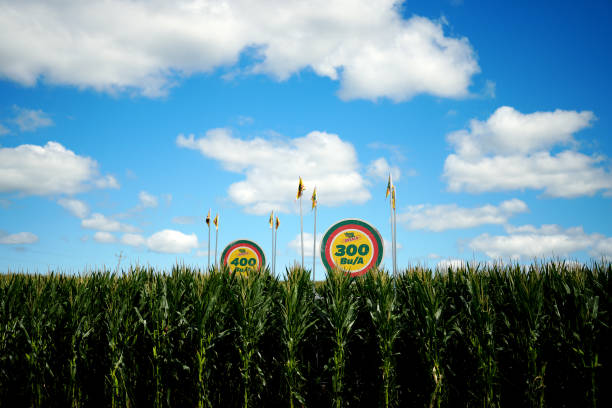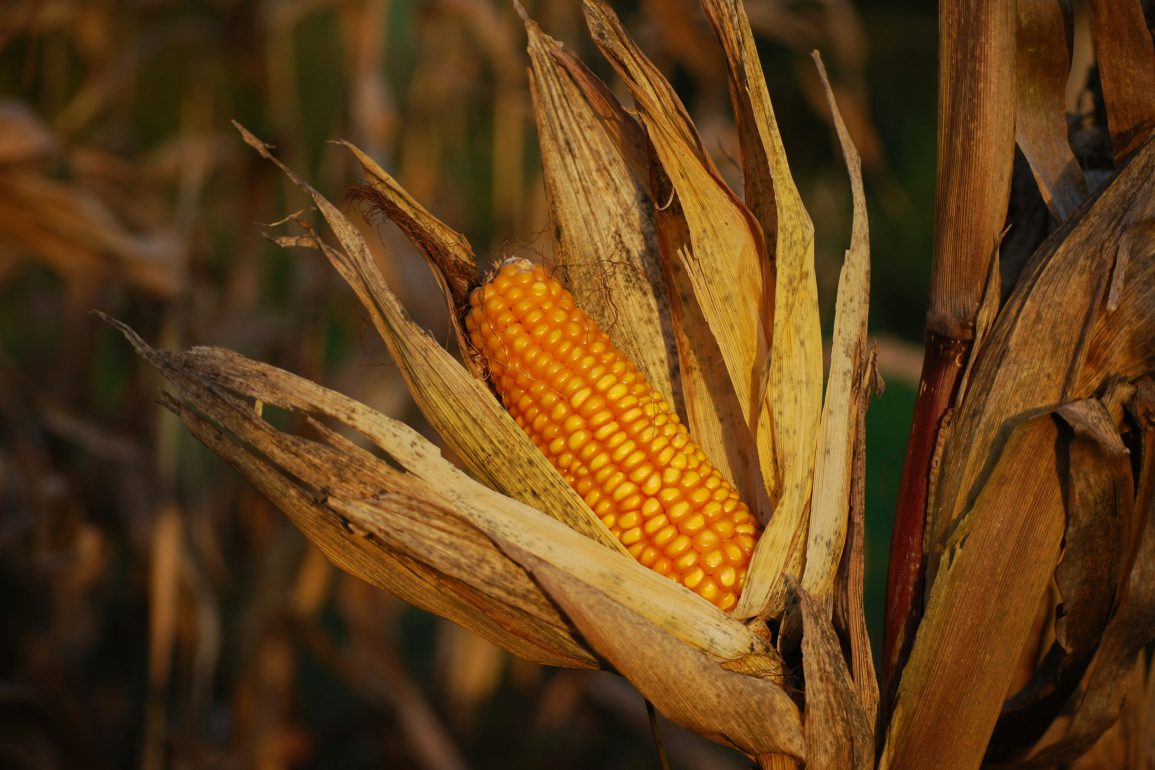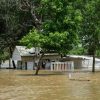The relentless heatwave engulfing the US Midwest is feeling even more oppressive, thanks in part to the region’s prolific corn production.
As extreme temperatures soar, experts reveal that the moisture released by corn and other crops is contributing significantly to the humidity in the air, exacerbating the already brutal conditions.
With 55 million people under extreme heat alerts across the Midwest, the cornfields are playing an unexpected role. Corn, as the US’s leading agricultural product, not only drives the country’s economy but is also now affecting its climate.
The crop releases moisture, or “corn sweat,” into the atmosphere, which raises dew points and hampers the cooling effect of evaporation. This results in a more intense feeling of heat.

The US, being the world’s largest producer, consumer, and exporter of corn, is particularly vulnerable. Iowa and Illinois, two major corn-producing states, account for a third of the nation’s corn output.
In these areas, temperatures are forecasted to climb between 105°F (41°C) and 115°F (46°C), creating severe heat conditions compounded by the corn sweat phenomenon.
Agronomist Chris Clark from the University of Wisconsin-Madison explains that as plants absorb more moisture from the ground, they release additional water vapor into the air, which further intensifies the heat. One acre of corn can produce 3,000 to 4,000 gallons of moisture daily.
This heatwave is part of a larger trend of increasing extreme weather events, driven by climate change. The World Health Organization notes that heatwaves are becoming more frequent, intense, and prolonged due to global warming.
The situation is further underscored by recent extreme weather across the US, including a heat dome in the southwest and severe storms in Alaska, Hawaii, and California.
With heat being the leading cause of weather-related deaths in the US, this unprecedented heatwave serves as a stark reminder of the broader impacts of climate change.

